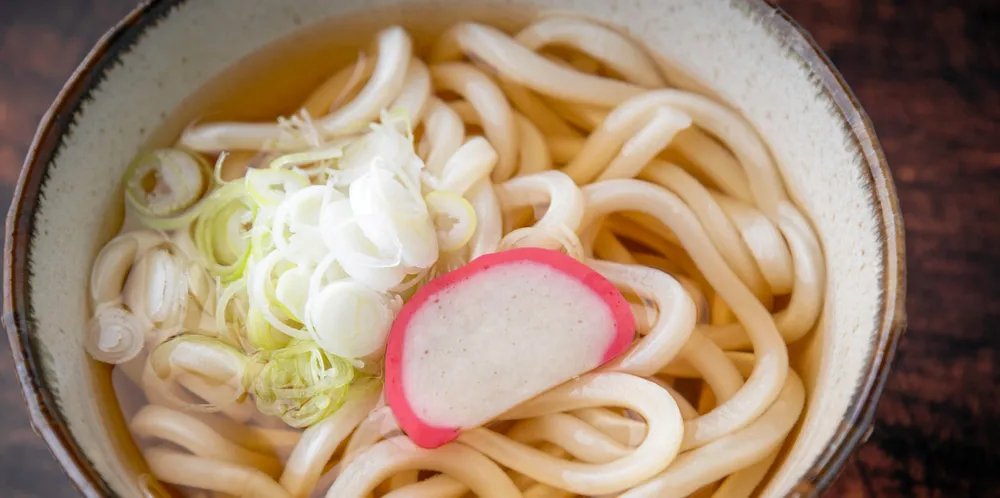Rocketing surimi costs force Japan's kamaboko manufacturers to raise prices
Two to three million metric tons of fish, amounting to 2–3 percent of global production annually, are used in surimi-based products such as kamaboko.

Two to three million metric tons of fish, amounting to 2–3 percent of global production annually, are used in surimi-based products such as kamaboko.
